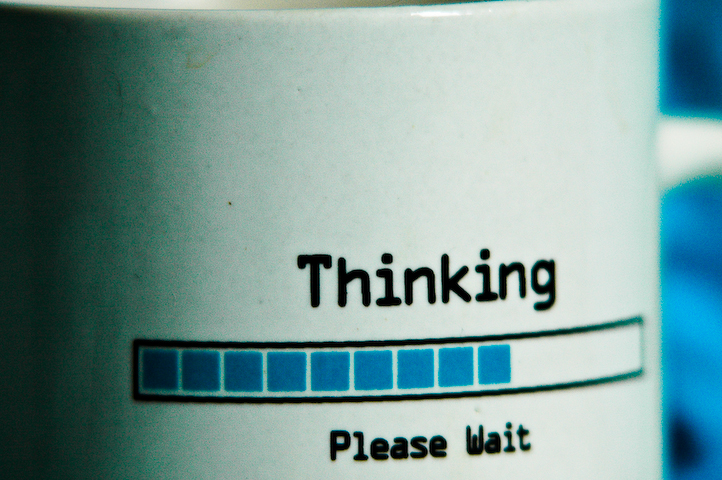Seeing this wonderful video made me wonder if visible thinking routines could help to reduce conflict in the diverse adult education classroom?
Visible thinking is being used to professionalise the learning process, not only for the teachers but for the students too. I am impressed to see such young students thinking at such a meta level and it made me wonder about its application in an adult ed context too.
As a tool, it is easy to defend the use of visible thinking routines to make the learning process explicit, something which most of us have never been asked to do despite all our years of schooling. So it may be alien to the majority in the adult ed class and would have to be carefully introduced. However one reason that I thought about its application in an intercultural context is because we have the beginnings of a visible thinking routine when we counter stereotypical voices with ‘What makes you think that?’
And if we consider language learning in particular, it is even more legitimate to ask students to make their thinking visible so that you can check on comprehension.
How much of a challenge would it be though, for high context cultures to pay so much attention to their thinking processes? If it were done against a background of trust and tight-knit relations between students and teachers, it may have a better chance of success and acceptance.
